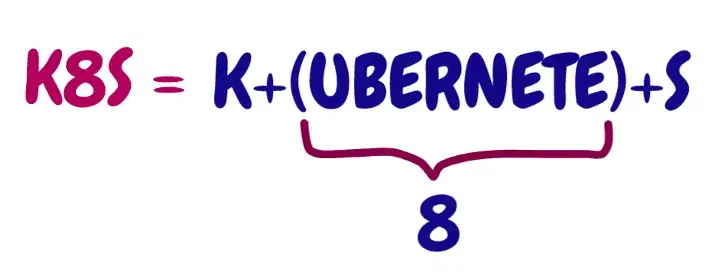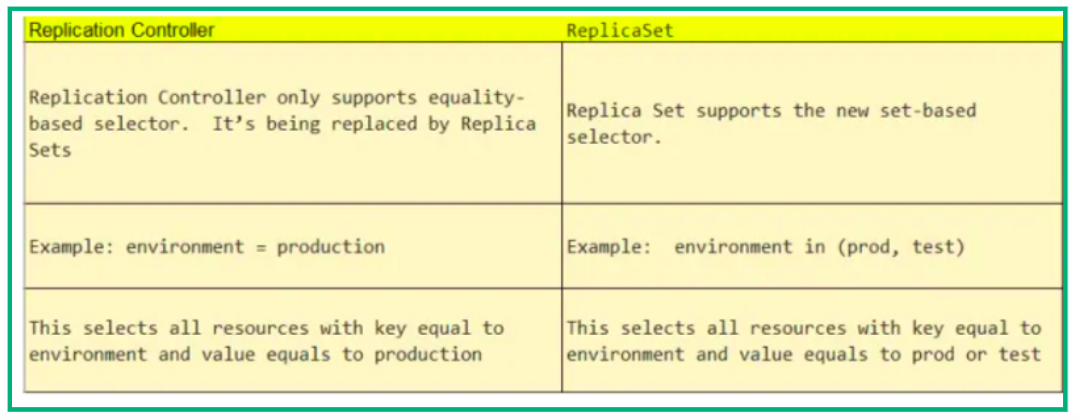K8S is a system for deploying, scaling and managing containerized applications across a cluster of nodes.
The K8S cluster has 2 main components:
1 Master Node (Control Plane) : this node hosts the Kubernetes control plane and manages the cluster
2 Worker Node : runs your containerized applications
It manages the K8S cluster and performs all administrative tasks.
It is the front-end of the K8S control plane where all other components interact, to talk with the K8S cluster. It validates and processes the REST requests.
It continuously watches the shared state of the cluster and makes corrective changes to bring the current state to the desired state.
It is responsible for distributing the workload to available nodes across the cluster, based on resource utilization.
It is a simple, distributed and consistent key-value store. It stores all the relevant data to manage the cluster.
Few examples of data stored are:
-
State and details of pods, services.
-
Data on scheduled, created and deployed jobs.
-
Details about subnets, configmaps, and secrets.
Physical server or VM that runs applications using pods.
It monitors the API server for pods that are scheduled to the node and start the pod’s container by instructing the container runtime engine, then reports the status of the running containers back to the API server.
Kubelet is the technology that applies, creates, updates, and destroys containers on a Kubernetes node.
It makes services available to the external hosts, manages network rules and port forwarding. It also serves as a Network proxy and Load balancer and handles the network routing for TCP and UDP packets.
It is the command-line tool to communicate with the API server and send commands to the master node.
Examples of few frequently used commands are:
kubectl apply -f file.yaml #Create a resource from file
kubectl get pods #List all pods in the default namespace
kubectl describe svc my_svc #Describes about the specified service
Kubernetes makes physical storage devices such as our SSDs, NFS servers available to your cluster in the form of objects called Persistent Volumes.
A persistent volume claim (PVC) is a request for storage by a user from a PV. Claims can request specific size and access modes (e.g: they can be mounted once read/write or many times read-only).
If none of the static persistent volumes match the user’s PVC request, the cluster may attempt to dynamically create a PV that matches the PVC request based on storage class.
ClusterIP. This is the default service of Kubernetes which allows us to communicate within Kubernetes, which is internal communication, so for external traffic, it uses a proxy to communicate. This service is useful when we want to debug the service or want to show interact Kubernetes dashboards .
NodePort. This service allows us to open ports on the virtual machine, and after this, traffic gets forwarded to these ports. This is one of the most used services. Exposes a service via a static port on each node’s IP.
LoadBalancer. This component allows us to connect with the service externally to the internet, so in such a scenario, it will help us to forward all the external traffic to the respective service, also; as we know in Kubernetes, we have specific IP to every service.Exposes the service via the cloud provider’s load balancer.
Ingress Ingress is a load balancer for Kubernetes, the main purpose of ingress is to expose the HTTPS and HTTP routes that are outside the cluster to the services within the cluster itself. By the use of ingress controller, we can also define the rules which can turn control the traffic routing.
It is an open port on every worker node in the cluster that has a pod for that service. When traffic is received on that open port, it directs it to a specific port on the ClusterIP for the service it is representing
What is Pod ?
A pod is a collection of containers and its storage inside a node of a Kubernetes cluster. It is possible to create a pod with multiple containers inside it.
apiVersion: v1
kind: Pod
metadata:
name: nginx
spec:
containers:
- name: nginx
image: nginx:1.14.2
ports:
- containerPort: 80
A ConfigMap is an API object used to store non-confidential data in key-value pairs. Pods can consume ConfigMaps as environment variables, command-line arguments, or as configuration files in a volume.
Networking is a critical aspect of Kubernetes. It is an enabler of communication between Kubernetes components. Kubernetes networking also allows these components to communicate with other applications.
It is the underlying software that runs the containers and handles the container’s lifecycle in an isolated but lightweight environment.
Platforms that use containers as a container runtime are:
-
Docker
-
Containerd
-
Cri-o
-
rkt
Describe a desired state in a Deployment, and the Deployment Controller changes the actual state to the desired state at a controlled rate. You can define Deployments to create new ReplicaSets, or to remove existing Deployments and adopt all their resources with new Deployments.
apiVersion: apps/v1
kind: Deployment
metadata:
name: wordpress
labels:
app: wordpress
spec:
selector:
matchLabels:
app: wordpress
tier: frontend
strategy:
type: Recreate
template:
metadata:
labels:
app: wordpress
tier: frontend
spec:
containers:
- image: wordpress:latest
name: wordpress
env:
- name: WORDPRESS_DB_HOST
value: database-1.c9qq8he3gv6d.ap-south-1.rds.amazonaws.com
- name: WORDPRESS_DB_USER
value: admin
- name: WORDPRESS_DB_PASSWORD
value: password
- name: WORDPRESS_DB_NAME
value: blog
ports:
- containerPort: 80
name: wordpress


